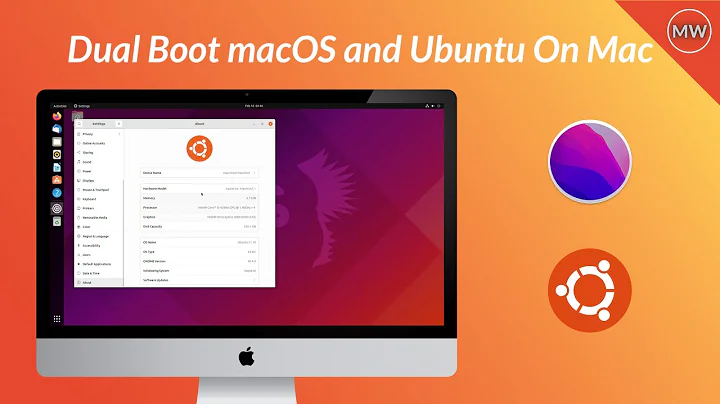Dual Boot Mac El Captain along with Ubuntu 14.04
rEFIt has been abandoned since 2010. I created a fork of it, called rEFInd, which I'm actively maintaining. It's not strictly necessary to use either program, but one or the other (and especially rEFInd) can be helpful.
The main "gotcha" with OS X 10.11 ("El Capitan"), compared to earlier OS X releases, is the new System Integrity Protection (SIP) feature, aka "rootless." This is a security feature that's supposed to make it harder for inexperienced users to cause their systems to self-destruct, or for malware to take control of the computer. This has the undesirable side effect of making it harder to install and use some types of low-level software, including third-party boot managers like rEFIt and rEFInd. In brief, you must disable SIP. Doing this is described on quite a few pages, such as this one and this one. After you install rEFInd, you can re-enable SIP.
There are about a bazillion sites that describe how to install Ubuntu on a Mac. Try to find one that's relatively recent. Also, be aware that it's possible to install Ubuntu in either BIOS/CSM/legacy mode or in EFI mode. The latter is almost always preferable, but a lot of guides (especially older ones) describe the former -- often without properly describing the difference. See this page of mine for basic information on what the Compatibility Support Module (CSM) is and why it's problematic. (That page is geared more towards UEFI-based PCs than Macs, but it's still pretty applicable.)
In broad strokes, I recommend you:
- Boot the Ubuntu installer into "try without installing mode."
- Open a Terminal program window.
- In the Terminal, type
ubiquity -b. This will run the Ubuntu installer, but-btells it to not install a boot loader. If you follow advanced installation options, be sure to use ext4fs as your filesystem. Do not use a separate/bootpartition unless you use LVM, RAID, or an encrypted root (/) partition. You may need to shrink your OS X partition to make room for Ubuntu (or you can do that before you start). - When you're done, reboot, but hold down Command+R to boot into the OS X recovery environment.
- Launch a Terminal window and type
csrutil disableto disable SIP. - Reboot. The system should boot OS X normally.
- Install rEFInd.
At this point, when you reboot, rEFInd should appear and give you options to boot either OS X or Ubuntu. Chances are both will work; but if you used a separate /boot partition, you'll have to hit F2 or Insert twice rather than Enter to boot Ubuntu. In the resulting screen, you must add ro root={whatever} to tell the kernel where your root (/) filesystem is; {whatever} is a description of that location, as in /dev/sda7 or /dev/mapper/ubuntu-root. After you boot, running the mkrlconf.sh script that comes with rEFInd should obviate the need for adding the root= option.
Related videos on Youtube
carkaci
Updated on September 18, 2022Comments
-
carkaci over 1 year
Due to lots of old stuff in the archive, I am little bit confused. How do I install Ubuntu 14.04 to my IMac with MacOS El Captain. Is it necessary to use Refit? What about direct installing from an Ubuntu Live USB drive?
-
Erik over 8 yearsThanks Rod -- very helpful. Will this still work if the OS X partition is removed completely?
-
Rod Smith over 8 yearsYes, you can install an Ubuntu-only system on a Mac. An Ubuntu/Windows dual-boot will also work. Basically, treat the Mac as an ordinary PC for this type of setup. In the past, boot loader configuration could be tricky, but it seems that the non-Apple tools are working better on Macs recently.
-
Madivad over 7 yearsWow Rod, I wish I found this when I did my OSX/Ubuntu dual boot earlier this year. It was a right royal mess. I can't believe I never came across your page, some very good words there too. In the end I got it working, but found dual boot too annoying and disruptive and went back to a Ubuntu VM inside OSX :( Not as annoying and slightly more flexible for my needs.
-
 Abhijit Sarkar over 7 yearsYour comment and
Abhijit Sarkar over 7 yearsYour comment andrEFIndreally helped. That said, I got stuck on a black screen after "try without installing". After several hours of googling, I found this and changedset gfxpayload=textfromset gfxpayload=keep. That got past the black screen but not beyond the Ubuntu logo. Then I replacedsplash quietwithnomodesetand that did the trick.






